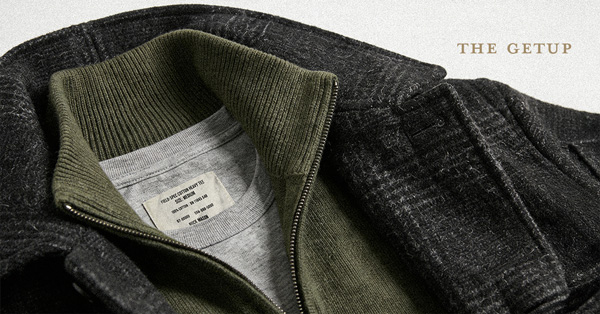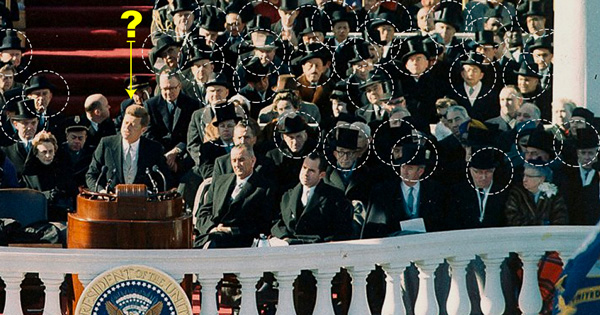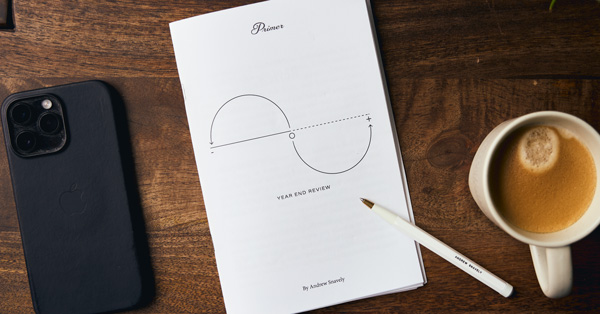“The moment had arrived for a Daiquiri. It was a delicate compound; it elevated my contentment to an even higher pitch.”1
– Joseph Hergesheimer,
San Cristobal de la Habana
The Rum Daiquiri is a nearly perfect cocktail. It is simple, elegant, and as refreshing a summer drink as one could ask for. It resides – along with the Martini, the Manhattan, and a select handful of others – in the pantheon of drinks that perfectly reflect the spirit and character of their base liquors without introducing needless complexity or requiring excessive preparation. You can make a Daiquiri in mere minutes, with the most basic of bar ingredients, and with the first sip be transported to the warm, white-sand beaches of the Caribbean, most particularly those of Cuba, its birthplace.
Today, even in the midst of a global cocktail renaissance, there are countless bars and restaurants whose “Daiquiris” consist of artificial strawberry-flavored corn syrup, poured over crushed ice with a dash of bad rum, served up to drinkers more concerned with quantity than quality. While these drinks owe something – a very small something – to the existence of the “Hemingway Daiquiri,” I ask that you trust me: if your drink looks like it belongs on a table in the Malibu Barbie Dream House … it’s not the real thing.
A real Daiquiri consists of white rum, lime juice, and simple syrup, shaken and strained into a chilled cocktail glass and garnished with a lime wedge. The resulting fizzy, foamy, off-white concoction is named for the town in which it was invented, and that invention happened by happy accident in 1896.2 The drink was created by Jennings Cox, an American engineer who managed the Cuban properties for two American companies (credit as co-creator is also often given to a Cuban engineer named Pagliuchi). With important guests on the way, and finding himself without a source of gin – the genteel spirit at the time – Cox worried that they would not find the local tipple palatable if served neat. He added lime juice and sugar to the island’s pure cane rum, and a classic was born.
This is not to say that the Daiquiri has sat unchanged since its birth more than a hundred years ago. In the days before Castro (particularly during prohibition), Cuba entertained a thriving bar scene and was home to many talented bartenders who helped to refine and perfect the cocktail. It was eventually brought to the United States by Admiral Lucius Johnson, and debuted at the Army and Navy Club in Washington, DC, where you can still find it to this day, served in its namesake cocktail lounge.
While the less is said about the bastardization of the Daiquiri into the hot pink monstrosity served up at TGI Fridays across the country, the better, one modification does bear mention both because of its historical significance and because it’s actually a fine cocktail in its own right. The aforementioned Hemingway Daiquiri, originally called simply Daiquiri #3, was developed by Constantino Ribailagua, the bartender at the El Florida Bar (aka the El Floridita). The writer Ernest Hemingway, who spent a good deal of his time in Cuba, helped make both the bar and the drink quite famous.
The Hemingway Daiquiri is one of the rare cases where a bartender decided to add a bunch of stuff to an existing drink … and it worked. Marvelously. It brings grapefruit juice, Maraschino liqueur and shaved ice to the party, and there are two variations of the recipe, one which omits the simple syrup (Hemingway was a fan of drier drinks, in no small part due to diabetes-related sugar issues), and one which keeps it. In my recipe below, I’ve opted to split the difference and simply reduce it. Your own tastes may vary, and I encourage frequent and repeated experimentation!
More than a hundred years old, the venerable Daiquiri has stood the test of time and deserves its place in the cocktail pantheon. Below you’ll find recipes for the original, and the Hemingway variant, as well as my own humble entry into the field. It’s difficult to improve on perfection, but I’ve done my best, and I think my variation – The Ginger Daiquiri – keeps the spirit of the original while adding a refreshing spiciness.
All three recipes call for white rum, and I recommend either Flor de Caña Extra Dry 4 Year Rum, or Denizen white rum, both of which are nicely priced at about sixteen dollars a bottle, and bring a lot more floral, vanilla and sugarcane notes to the drink than standard Bacardi or Cruzan white rums.3
The Classic Daiquiri
2 oz White Rum
.75 oz Fresh Lime Juice
.75 oz Simple Syrup
Combine ingredients in a cocktail shaker with ice and shake thoroughly to build up a nice, foamy head. Strain into a chilled cocktail glass and garnish with a lime wedge.
The Hemingway Daiquiri
1.5 oz White Rum
.75 oz Fresh Lime Juice
.5 oz Fresh Grapefruit Juice
.25 oz Simple Syrup
.25 oz Maraschino Liqueur
Combine ingredients with crushed ice in a blender. Blend thoroughly, pour into a chilled cocktail glass, and garnish with a lime wedge.
The Ginger Daiquiri
- 2 oz White Rum
- .75 oz Fresh Lime Juice
- .75 oz Simple Syrup
- 2 tsp Chopped Ginger
- 2 dsh Fee Bros. Orange Bitters
Muddle ginger with simple syrup at the bottom of a cocktail shaker. Add crushed ice and other ingredients and shake vigorously. Double-strain (using a cocktail strainer and a fine strainer) into a chilled cocktail glass and garnish with a lime wedge and a piece of candied ginger.



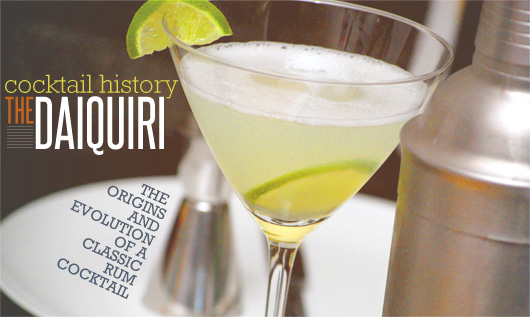
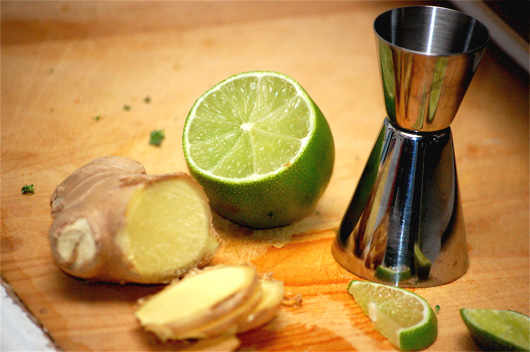
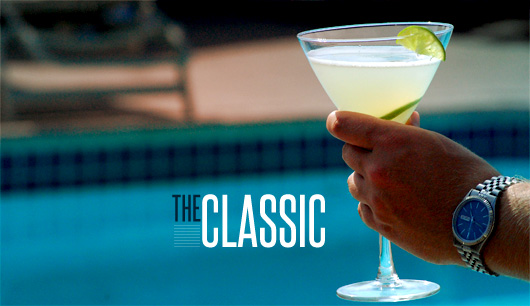
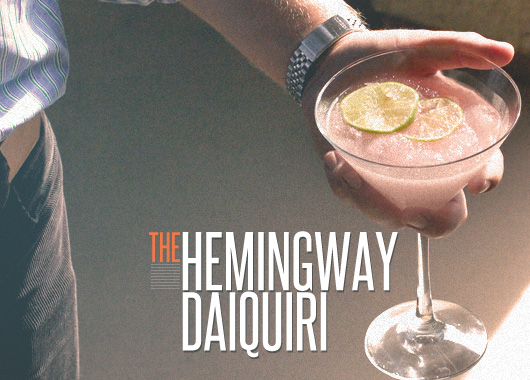
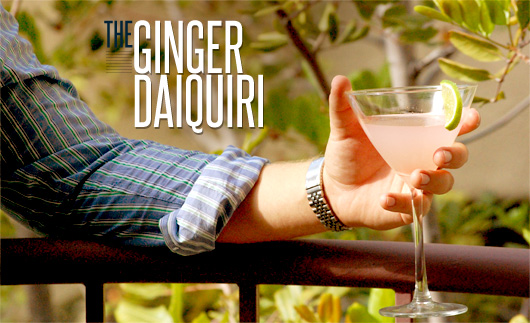



![It’s Time to Begin Again: 3 Uncomfortable Frameworks That Will Make Your New Year More Meaningful [Audio Essay + Article]](https://www.primermagazine.com/wp-content/uploads/2025/01/begin_again_feature.jpg)
